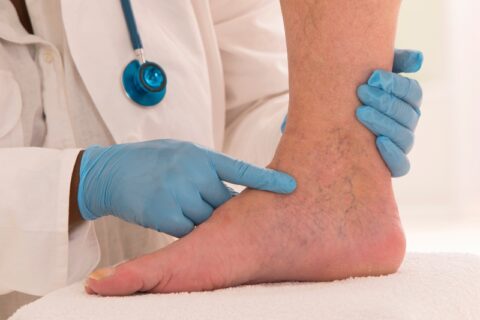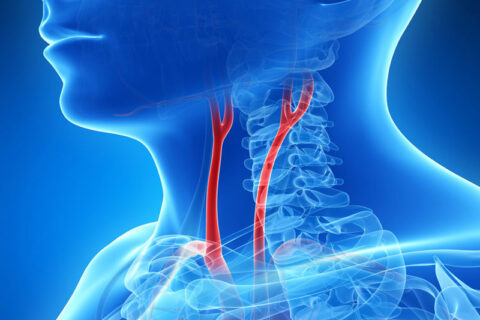10 Signs to Invest in Varicose Vein Treatment
Sometimes varicose veins are simply an annoyance and sometimes they cause more serious problems like pain and even infection. Fortunately, varicose veins can be treated with a number of minimally invasive and advanced surgical procedures. If you are not sure whether your varicose veins require medical attention, read on to learn about 10 signs that suggest you need to see your doctor about your varicose veins.
Swelling and Pain
If you have pain and swelling at the same time, particularly if they occur in your leg, you may have a blood clot. While not dangerous in and of itself, a blood clot in your leg can break free and travel to your lungs to cause a pulmonary embolism. A pulmonary embolism can be fatal, which is why getting blood clots in your legs treated before they break free is so important.
Cramping
If you are having leg cramps, visit your doctor for a full evaluation. If your cramps get worse after sitting or standing for a long time or they are accompanied by a sensation of heaviness, there is a good chance that they are due to varicose veins. Varicose veins may also cause restless leg syndrome.
Changes in Your Skin
If you skin is getting darker over a varicose vein, it may be a sign of chronic inflammation. Chronic inflammation can increase your risk of everything from heart attack to diabetes. Please note that changes to your skin can be permanent, so don’t wait to have any color changes evaluated (http://www.phlebology.org/patient-information/conditions-treatments/untreated-conditions).
Open Sores
Sometimes, varicose veins can reduce blood flow to a particular area of your body. When this happens, your skin can break down and you can develop ulcers and sores that will not heal. Treating the varicose veins can help these sores to heal (https://www.womenshealth.gov/a-z-topics/varicose-veins-and-spider-veins).
Bleeding
If your varicose veins are bleeding, you need to see a doctor. The problem is actually due to veins stretching the skin and causing the skin itself to bleed. While not an emergency, chronic bleeding due to skin damage is an open invitation for bacteria and other microbes to enter your body and cause all sorts of problems.
Itching and Rash
Varicose veins can sometimes cause itching and rash in an affected area. This rash is sometimes referred to as varicose eczema. It is not only irritating, but constant scratching damages your skin and leaves it prone to infection. Treating the varicose veins will eliminate the itching.
Tenderness
Tenderness immediately over a varicose vein is suggestive of a clot that is close to the surface. Though surface clots are not likely to cause a pulmonary embolism, they can cause other problems like pain, bleeding, and infection.
Embarrassment
If the appearance of your varicose veins is causing embarrassment or distress, visit your doctor to learn about treatment options. Remember that varicose veins can cause permanent changes to your skin, so it pays to have them treated early before they cause long-lasting problems.
Hardening of the Vein
If a varicose vein becomes hard, it can be a sign of clot, inflammation, or other more serious problems. It may even be a harbinger of an infection, so don’t wait to have a hard vein evaluated (http://www.mayoclinic.org/diseases-conditions/varicose-veins/symptoms-causes/dxc-20178128).
Interference With Daily Activities
Even if the interference is mild, don’t let varicose veins get in the way of your daily activities. Get them treated so that you can do the things that you want to do without pain and without being self-conscious.
Varicose Veins Can Be Treated
There is no reason to suffer with varicose veins in silence. There are a number of effective treatment options and all of them are safe. Visit your doctor to learn more about your options for varicose vein treatment and start on the path to a fully recovery today.


